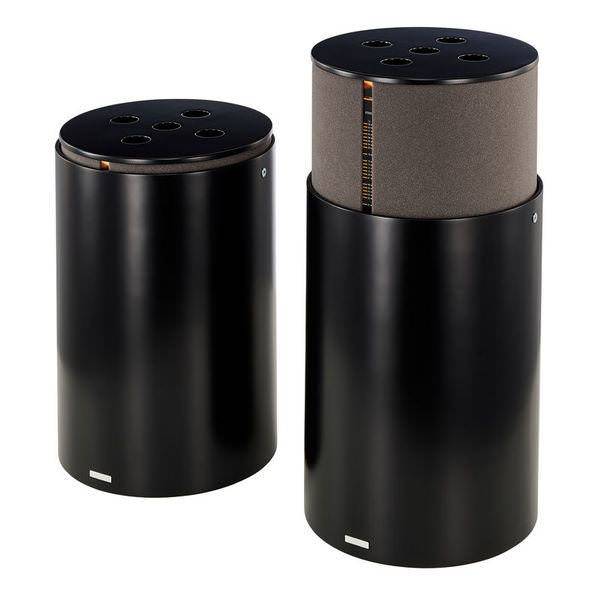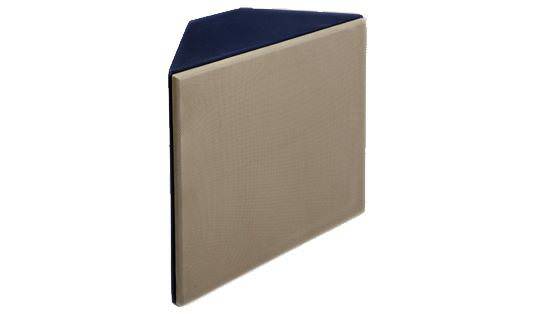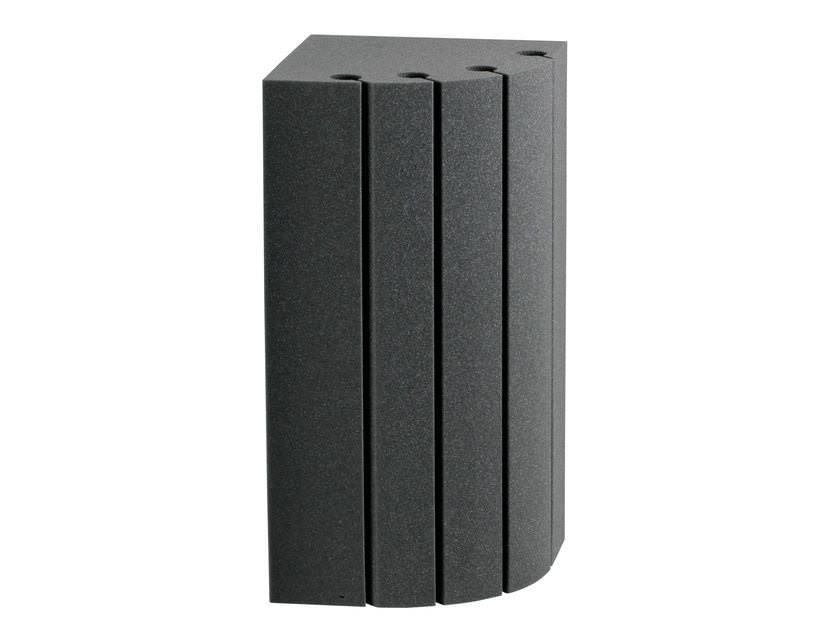Acoustic Treatment
Reflective surfaces within a given room cause sound impacting these surfaces to be reflected and bounce around within. This gives rise to issues which can be the cause of problems:
Inside a given internally reflective enclosure, the human ear receives:
a) Sound directly from the source in a straight line.
b) An undefined number of “copies” of that sound which have bounced off the reflective walls, ceiling and floor before reaching the ear.
Because reflected sound travels a longer distance before reaching the human ear, it arrives at a later point in time. The resultant out-of-sync overlap of direct and late arriving reflected sound causes the human ear to percieve what is known as reverberation (“church” or “bathroom” effect).
Primary issues:
In a standard room environment, uncontrolled reverberation causes lack of focus. This translates into increasing inability to understand everything that is being said clearly in case of speech, and makes music sound muddy. The addition of direct and reflected sound also causes a general increase in volume within the room.
The larger the size of the room or enclosure, the more distance the reflected sound has to travel before it reaches the ear, and the later it arrives – therefore the larger is the reverberation effect, and the more problematic is the issue.
Secondary Issues:
Other (less common) existing issues may involve the control of low frequency room resonances and even distribution of sound.
Acoustic Panels:
1 – Absorbers:
Panels which absorb most of the sound incident on them, eliminating reflections. They are available as stand-alone feature panels or full surface wall / ceiling panelling.
The required surface coverage is calculated, and should reach international recommended specifications for a particular room (discipline of use) in order for the desired solution to be attained. Coverage is therefore dictated by the shape and size of the room, including the surface area material constituency of the room prior to treatment.
Different panels have different levels of absorbtion, and employing one specific panel instead of another may constitute a change in required surface area coverage.

Examples featuring employment of absorbers
2 – Diffusers:
Panels which scatter and diffuse sound in all directions. They improve projection where required, create ambience, eliminate direct reflections and dead spots, and work to improve the uniformity of sound at all points within a given enclosure.
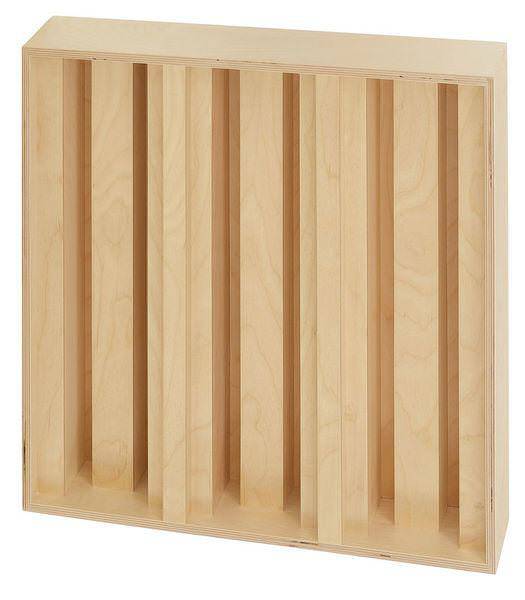
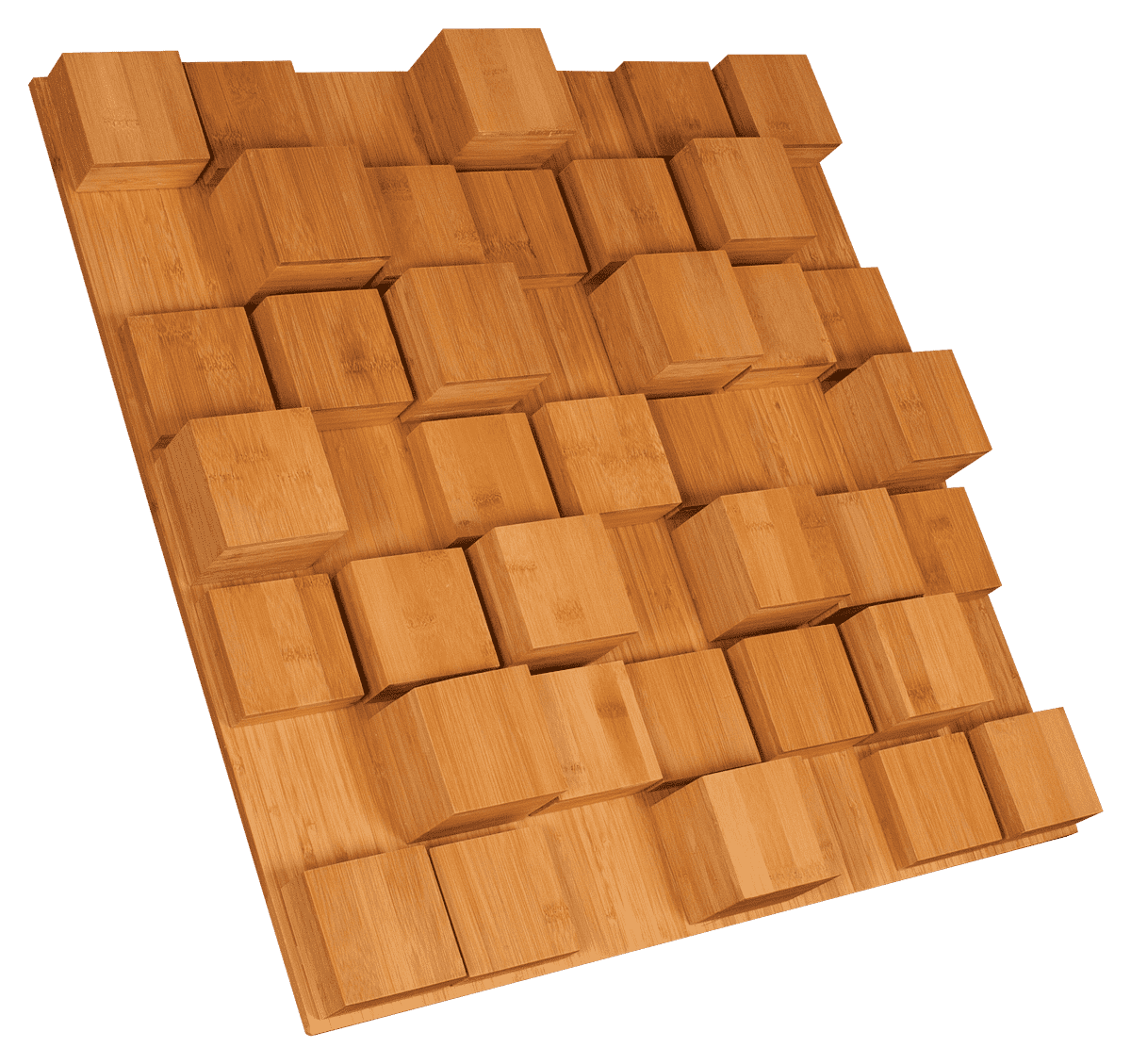
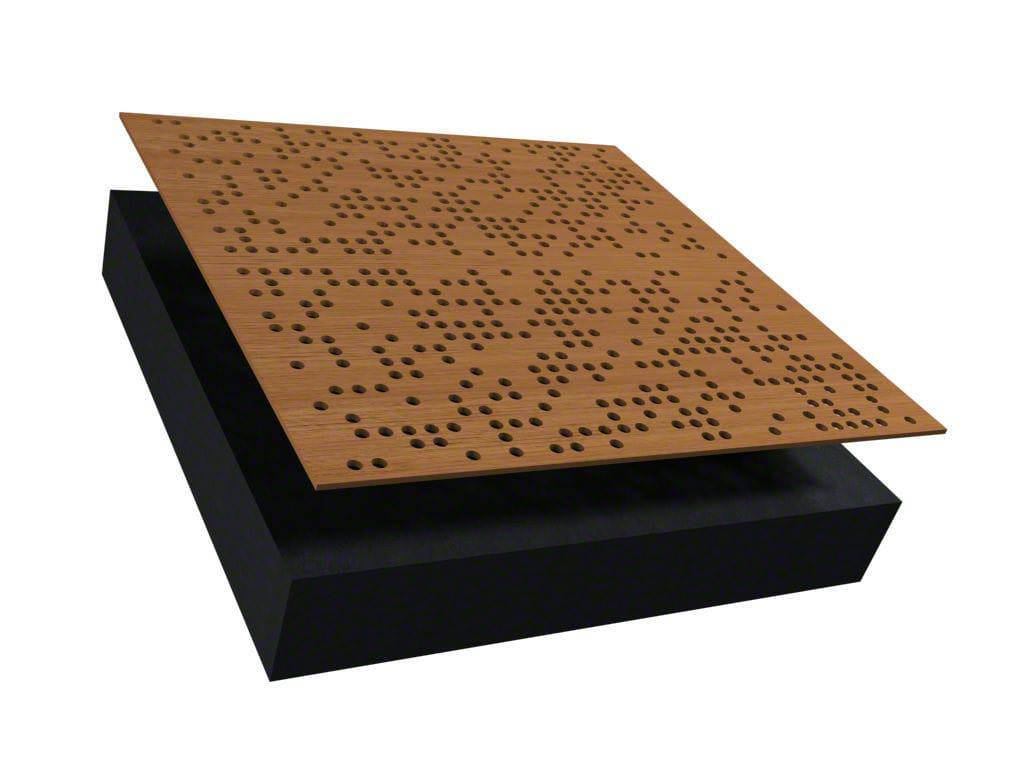
3 – Bass Traps:
Bass Traps are required to treat room modes and effectively control the stability of low frequencies, where standard absorbers do not work. They are most commonly used in the form of treatment of corners, but are also available as wall-mounting units. Bass traps are mostly used in music environments, including all types of studios, rehearsal rooms, music rooms, AV media presentation rooms, theatres, concert halls and commercial and home cinemas.
